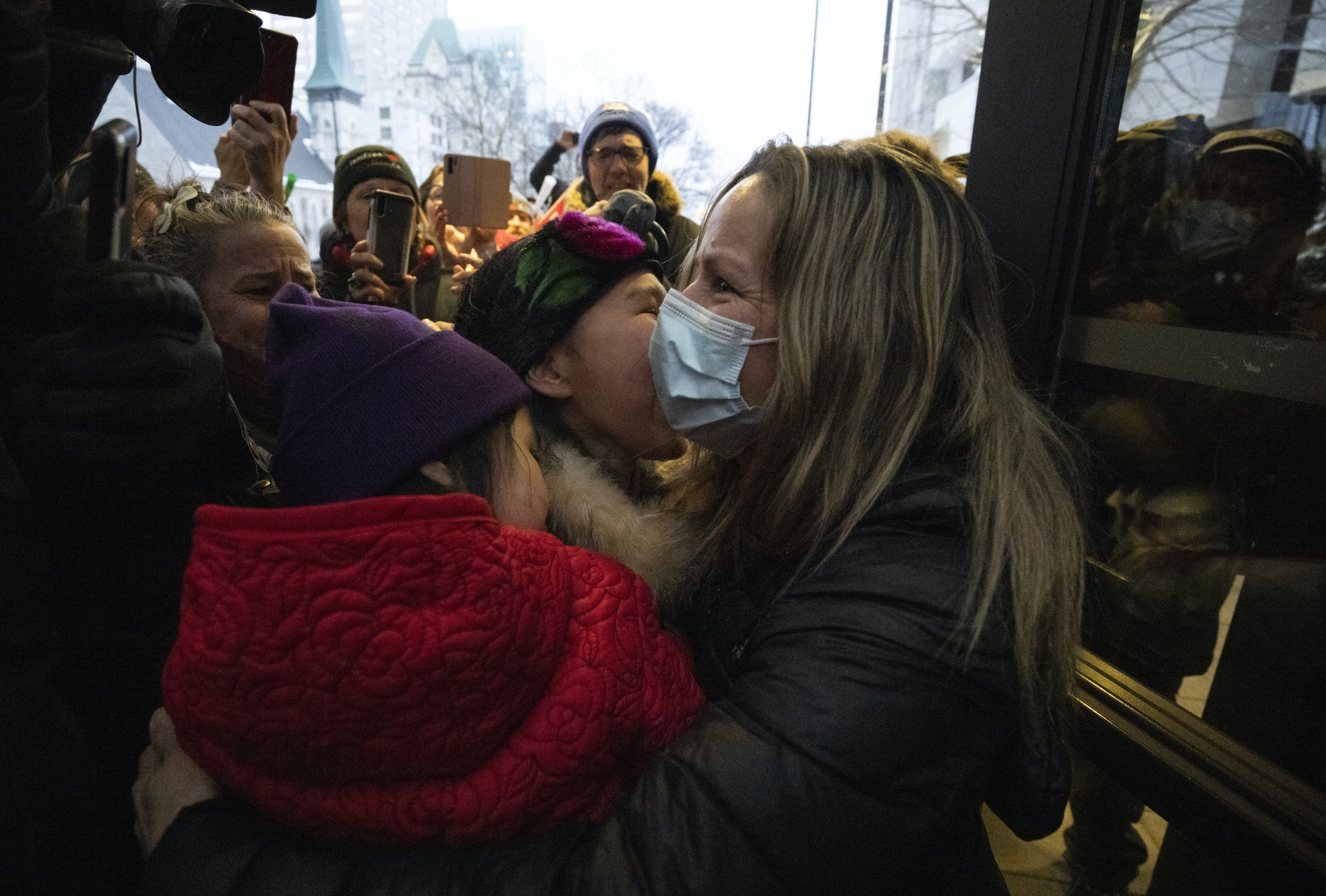Close to home: The Canadian far-right, COVID-19 and social media – Carleton Newsroom
This article is republished from The Conversation under a Creative Commons licence. All photos provided by The Conversation from various sources.
Weeks after the so-called “freedom convoy” protests ended, a familiar quietness has returned to the streets of downtown Ottawa. No more sounds of blaring horns and people partying into the wee hours. The only remaining visible traces are abandoned trucks in impound yards and barriers on streets.
But these too will be cleared, just like the 40 trucks worth of litter and debris the convoy amassed. However, the convoy isn’t just an event for the history books. It’s still happening.
The convoy’s reach — inspiring similar movements globally — amazed the world and shocked Canadians, prompting suspicions of “foreign interferences,” linking it to American funders and Russian bots.
While not denying the roles of non-Canadian participants, it’s misleading to construe the protests as being imported from outside Canada — it’s also inaccurate to view it as an emergent, novel phenomenon. The “freedom convoy” was a culmination of years of the far-right’s persistent mobilization.
A breeding ground for the far-right
Far-right networks grew during the last two years as they digitally tapped into grievances about the pandemic. The convoy was a far-right-led and co-ordinated event that exploited COVID-19-related gripes and existing discontents on various socio-political issues, shared among Canadians who harboured growing distrust in the Liberal government.
Hijacking truckers for their brand, the convoy is a far-right movement masquerading as a working-class revolution.
The convoy’s leadership included veteran far-right activists like James Bauder, the creator of Canada Unity, Tamara Lich and Patrick King, members of the Maverick Party and veterans of Wexit.
They partnered with relatively newer figures, BJ Dichter, a former conservative candidate, and Chris Barber, a truck company owner. These people all have a history of publicly posting discriminatory messages on social media and are super-spreaders of conspiracy theories online.

THE CANADIAN PRESS/Justin Tang
The convoy can be seen as a continuation of the 2019 United We Roll (UWR) organized by the Yellow Vests Canada movement.
The convoy and UWR share many of the same organizers, notably Lich and King, and participants, like Canada First and Diagolon networks. Both were supported by the same political figures, including Maxime Bernier (People’s Party of Canada) and Andrew Scheer (Conservative Party).
While they differ in the main issue they exploited, namely oil and pipelines versus COVID-19, both grew out of extreme communities where explicit anti-Muslim racism and calls for Prime Minister Justin Trudeau’s execution were rampant. Boosted by the COVID-19 conspiracy movement and million-dollar funding, the convoy is UWR on steroids.
Social media and the far-right
From the spread of the Ku Klux Klan in the 1920s to a pre-Second World War Nazi “Swastika” movement in the 1930s, to the Edmund Burke Society in the 1960s, the Creativity Movement in the 1970s and neo-Nazi skinheads in the 1980s-90s Canada has always been home to hateful far-right groups and movements.
Now, Canada has far-right groups like Canada First, ACT! For Canada, PEGIDA, The Canada Defence League and terrorist entities like the Three Percenters, The Base, Atomwaffen Division and the Proud Boys. In the past decade, they have all found a welcoming audience across Canada, primarily by extensive use of social media.
Due to limited mainstream media access, far-right groups were among early adopters of digital media. Social media platforms are the far-right’s primary tool to form community and mobilize action. And social media’s lack of regulation allows the far-right to circulate disinformation and conspiracy theories to feed on people’s fears.
Far-right groups commonly use conspiracy theories to justify the belief that out-groups — “the others,” the Muslims, the left, the liberal, the immigrants — are always in secret actions to control in-groups’ welfare.

(Shutterstock)
Once the pandemic hit, far-right narratives switched from being predominantly racist and xenophobic to those based on civil rights, freedom and COVID-19-related conspiracies. Many far-right groups alleged that the pandemic was plotted by Bill Gates and a “New World Order” to facilitate the injection of 5G enabled microchips into the population, none of which is true.
While they may be dismissed by some as bonkers, these false claims continue to be believable for people looking for certainty while living through unprecedented times.
Alliances and disinformation
To reach a wider audience, the far-right spread false claims that vaccine mandates violate Canadians’ charter rights and freedoms. Using freedom and rights as umbrella terms, they easily formed alliances with existing anti-COVID-19 mandate groups in Canada like Vaccine Choice Canada, Hugs Over Masks and Canadian Frontline Nurses as well as networks with similar interests outside of Canada, notably in the United States.
These alliances allowed for the expansion of offline and online networks, much wider dissemination of conspiracies and disinformation and increased the capacity to mobilize protests and fundraising.
The far-right benefited from social media’s tendency to privilege reductionist and simplified narratives. By providing simplified explanations of complex crisis and clear identification of the enemy that caused the crisis conspiratorial messages are more memeable and, therefore, more likely to be popular and viral than any scientific explanations about the virus.
The far-right also capitalized on algorithmic biases that privileges content that evoke emotions. The algorithmic dynamics helped the far-right in propagating the binary populist framework — “we, the people” versus “the corrupt and evil elites,” “bad politicians and leaders” who implemented COVID-19 measures versus “good politicians and leaders” who don’t — to foster and incite rage among discontent Canadians.
This binary logic was powerful not only in fuelling the rage of those who share far-right ideologies, but also in striking a chord with those angriest over COVID-19 restrictions. The pandemic will eventually be over, but the Canadian far-right networks are here to stay.
![]()
Tuesday, April 5, 2022 in The Conversation
Share: Twitter, Facebook
This article has been archived for your research. Find the original article here.


